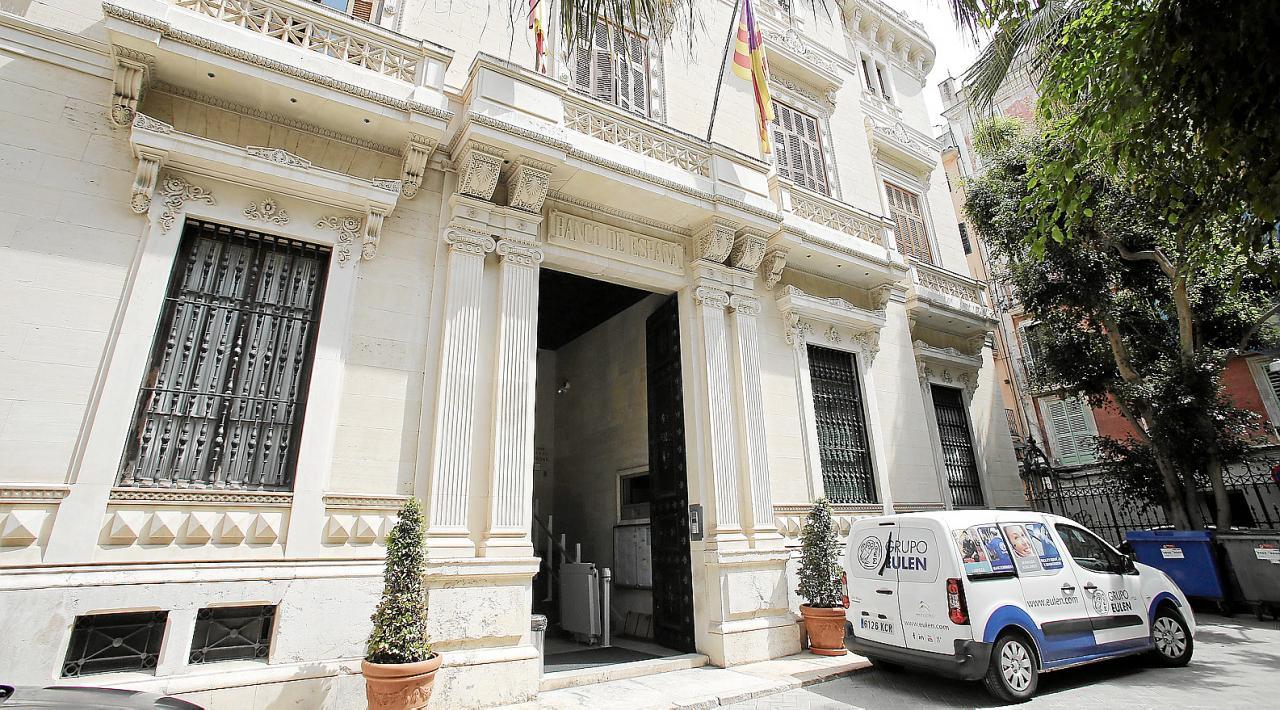Rationalisation of the banking sector since 2008 has led to the disappearance of over 600 bank branches in the Balearics. This process is expected to continue because of further merger activity.
In 2008, there were 1,261 branches, the highest number there had ever been. The Balearics, in relative terms, had one of the highest concentrations of branches in the country. The financial crisis was to provoke the loss of branches, and by June this year there were 644. The Covid crisis has meant a greater focus on online banking and therefore the closure of branches. It is anticipated that the number could fall to around 600 by the end of the year.
Jaume Oliver of the UGT union's banking division in the Balearics says that this loss of branches is detrimental to customers. "It is bad that a basic and essential service in many of the islands' villages should cease. Direct service has been restructured to the maximum, and this has also affected bank workers in the Balearics."
Bank of Spain figures indicate that there were 3,800 bank employees at the end of 2008. The largest cut in numbers actually occurred between 2015 and 2016; therefore as the economy was recovering well after the financial crisis. The reduction has continued to the extent that there are now around 1,100 people employed by banks in the Balearics.
Oliver adds that work restructuring (meaning the loss of jobs) has more or less gone as far as it can, "but now we are entering a new phase of mergers and acquisitions". Restructuring will, he points out, have to take account of legislation regarding monopolies, so he believes that redistribution of jobs "will be more rational".
With greater emphasis on online banking, branches are becoming secondary. Unions argue, however, that the presence of branches in the islands' villages is "fundamental for a large segment of the population, especially the middle-aged and the elderly"


3 comments
To be able to write a comment, you have to be registered and logged in
Stan, maybe stop moaning and change banks 🤷♂️
Who nowadays uses cash? Especially in the this corona period, paying with cash is actually quite irresponsible and shop attendants don't appreciate it much either. Pay with ur phone or card, no contact needed.
Banca March closed my Branch in Sa Coma. They also switched off the Cash Machine. Now I have to travel to Cala Millor, to join a queue outside the Branch in that Urbanisation. It costs me to go to and from Cala Millor, to add to the Monthly Charges the Bank deduct from my Account.